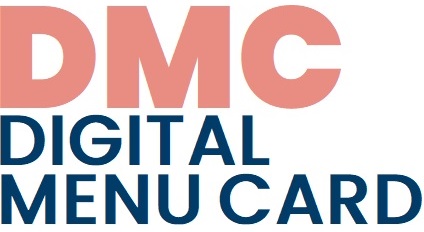During the simulation, students experience real work situations. The teacher defines the scenario and parameters of the activities and introduces the task to the students in advance. Playing the role allows students to gain experience, learn a work process, and thus be more effective in career building.
The main goal of this method for the student is to acquire new knowledge and skills while performing in real-life situations.
Application
The following learning objectives can be achieved by using the simulation method:
- ability to cooperate, work as a team,
- developing communication and decision-making skills,
- personal and social responsibility, enhancing the role of citizens at local and global level,
- increased experience in the given field of study and future job.
The expected concrete learning outcomes are:
- providing the closest possible experience to "real work",
- acquisition of knowledge and skills through practical experience,
- promoting the use of critical and evaluative thinking,
- developing students’ appreciation for community and culture.
Phases and steps of the simulation method
At the beginning of the course, the teacher gives a scenario with a situation and tasks to be simulated in a real work environment. Students decide if they want to participate and what role they will take on.
Preparation
In the preparation phase, the teacher develops a scenario for the situation and tasks to be simulated in a real work environment, and it is also his task to find the work area. You also need to design a form of assessment for students ’learning through simulation - this is often more complex than other methods.
The task of the students at the beginning is to do research on the background of the situation to be simulated. During the course, the teacher provides the framework for the situation and case scenario, while supervising the research and designating the materials to be studied.
Students decide if they want to participate in the simulation and, if so, what role they will take on. They prepare in advance as much as possible, try the predictable parts of the simulation, acquire the necessary knowledge. During the simulation, the teacher and students discuss the development of the case, reflecting on their work and experience.
The success of the simulation depends largely on the commitment of the students.
Case study
At the University of Arts and Economics in Lodz (AHE), the simulation method was used in the course on legal procedures at the Faculty of Law. A court trial was simulated in court, with students from the faculty in the roles of a prosecutor, defense attorney, defendant, and witnesses. (The judge was a real judge). This situation was also an excellent opportunity to evaluate the students’ work, as they had to convince the judge with their arguments. The case was documented (filmed).
At the first meeting, the instructor proposed a situation and tasks to be simulated in a real work environment. Students decided if they wanted to participate and what role they would take on. In this case, the teacher, who was a lawyer, invited the students to see how the court works in reality. He organized the educational situation, asking permission to hold the class in court. (The topic of the simulation depends on the professional background and relationships of the teacher).
They jointly developed a scenario. At the same time, the students gained knowledge about the rules of litigation in the courtroom, the facts and issues of the disputed case.
Students outlined possible roles and decided who would take responsibility for which part. The roles were tested in classes. They managed to implement the simulation itself in court.
After the event, the university evaluated what happened, reflecting on what they had learned.
Through role-playing, students have a better understanding of how certain theoretical concepts work. Learning this way is a lot more fun than just listening to a lecture.
